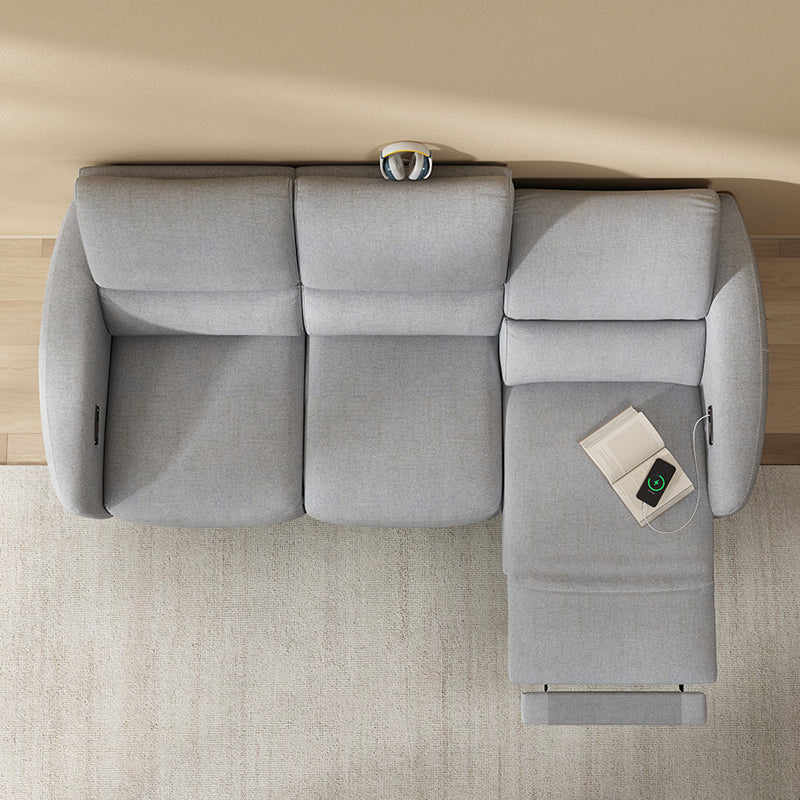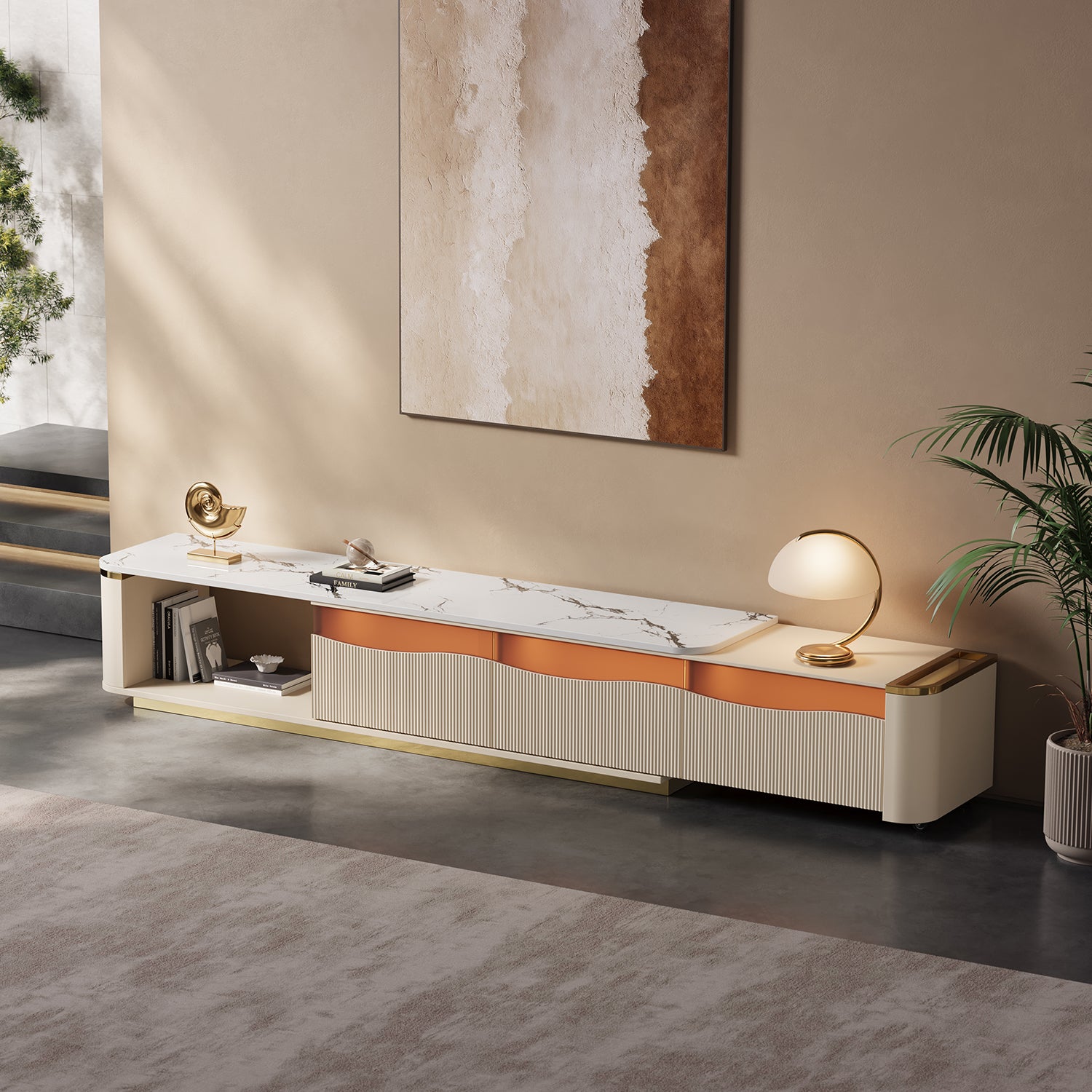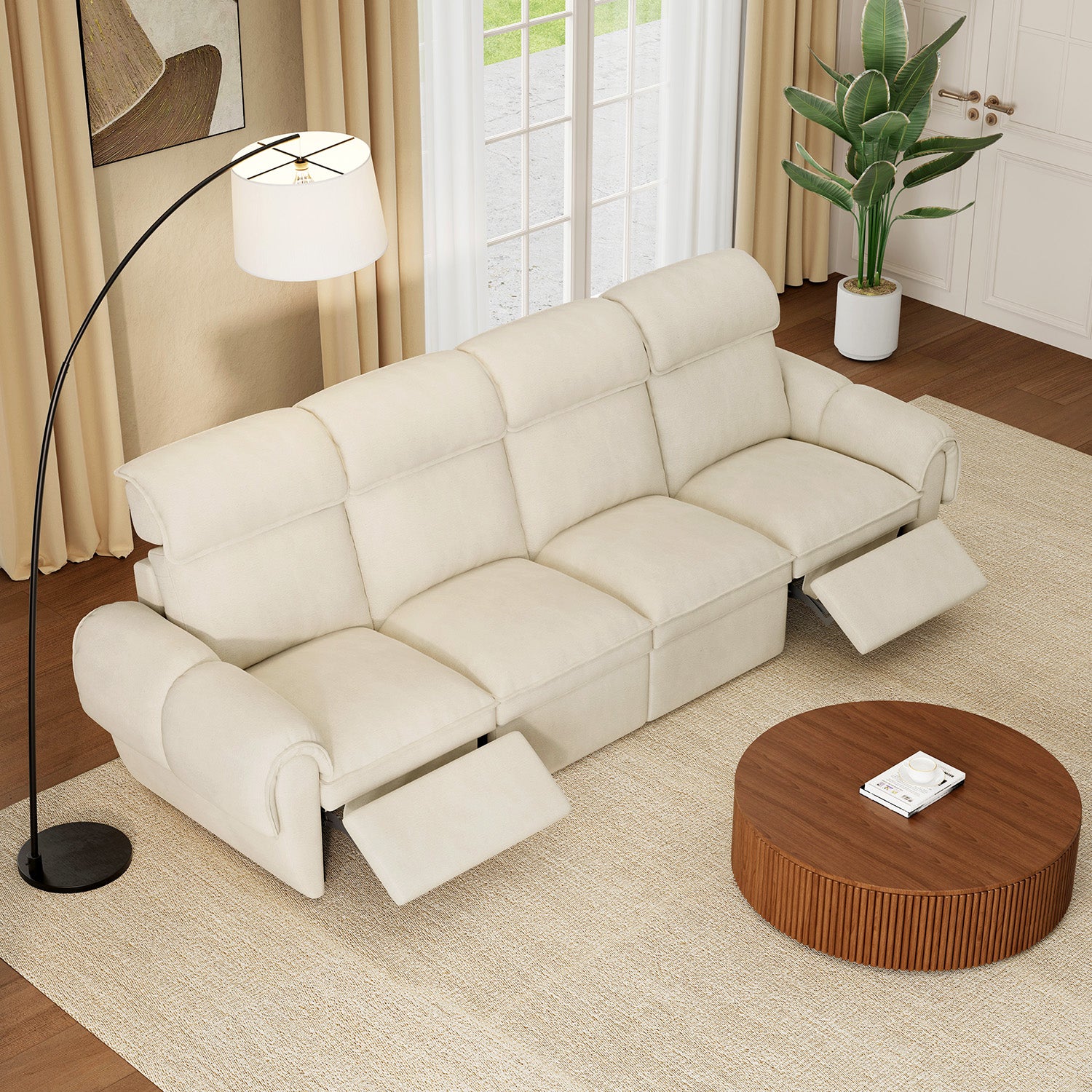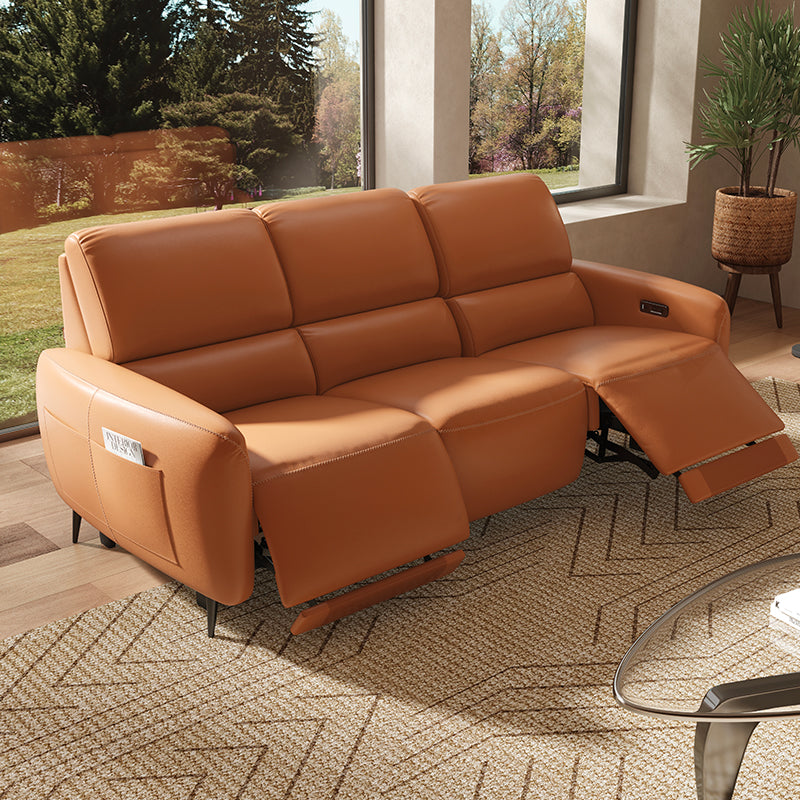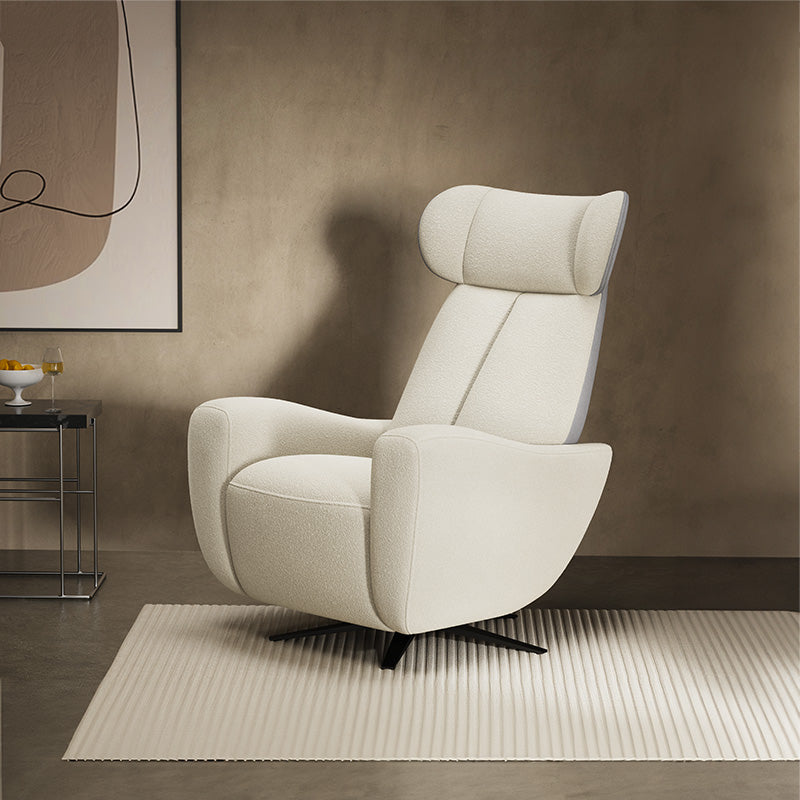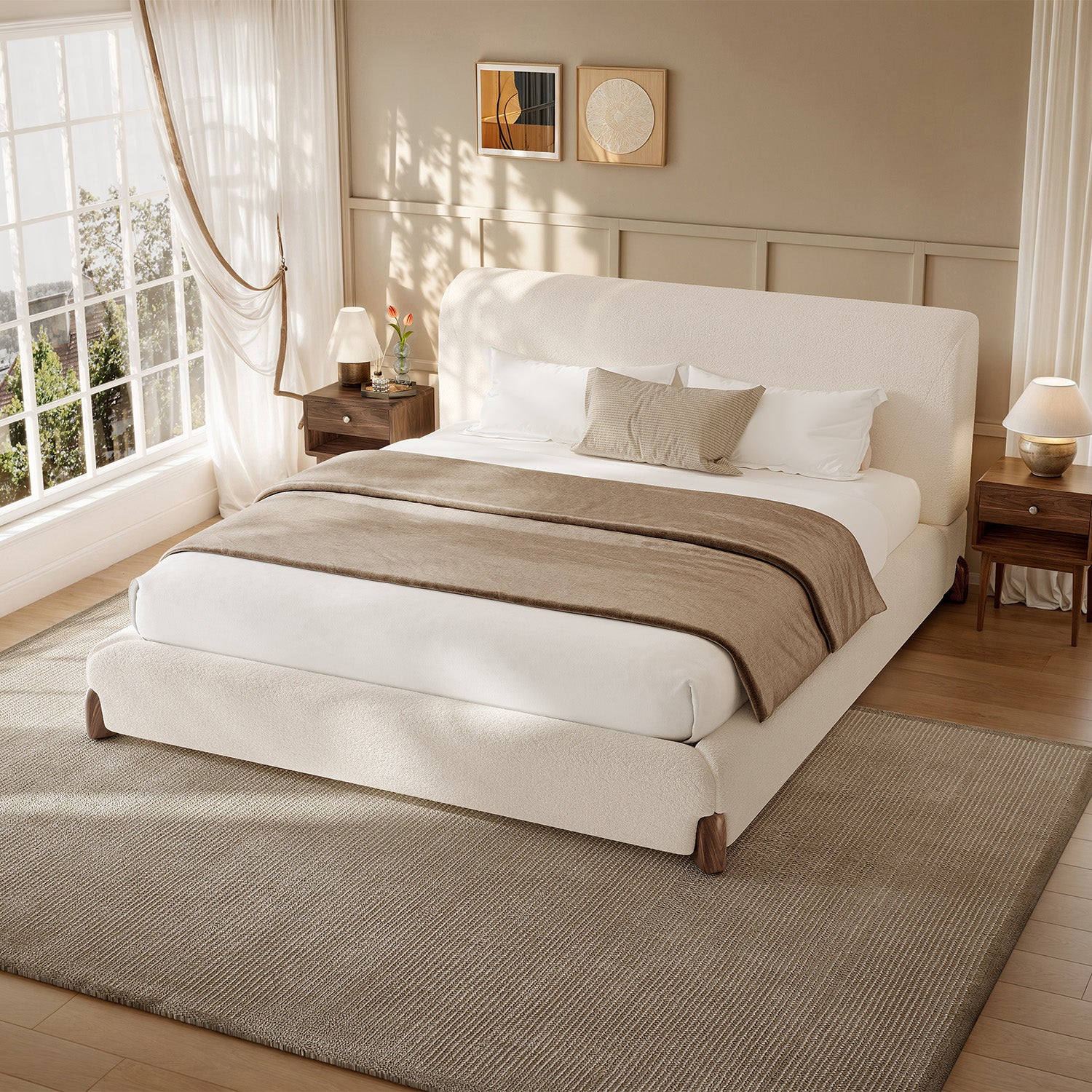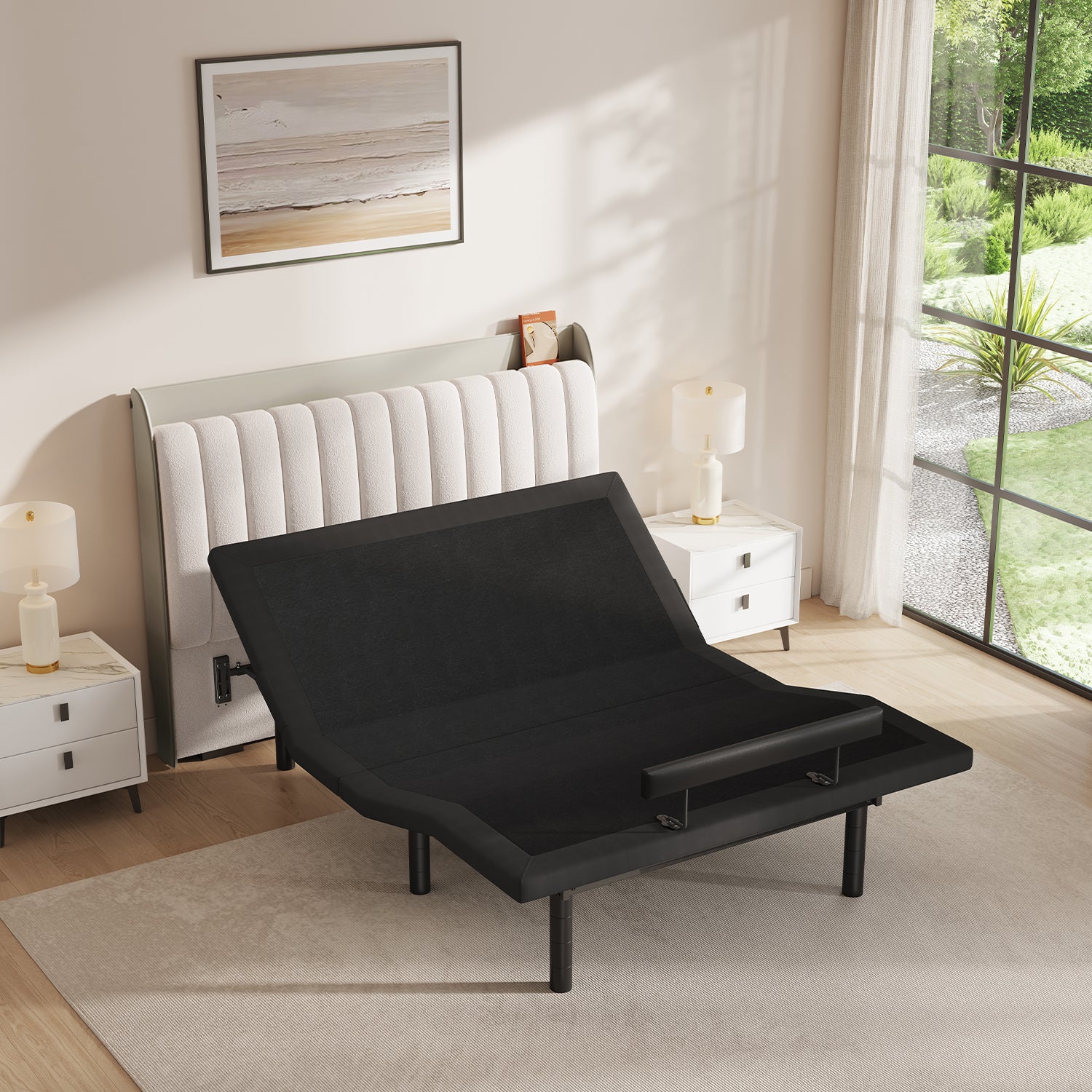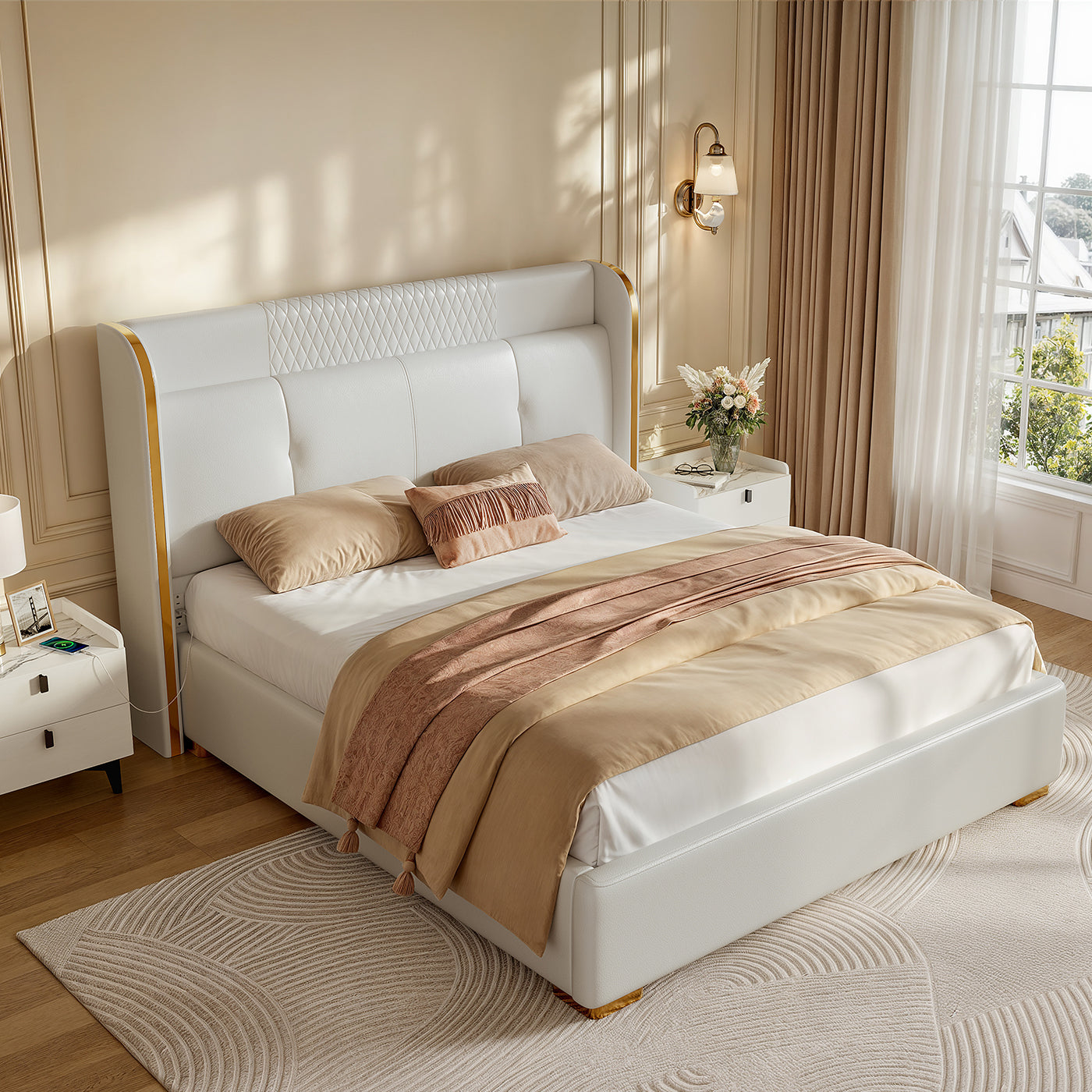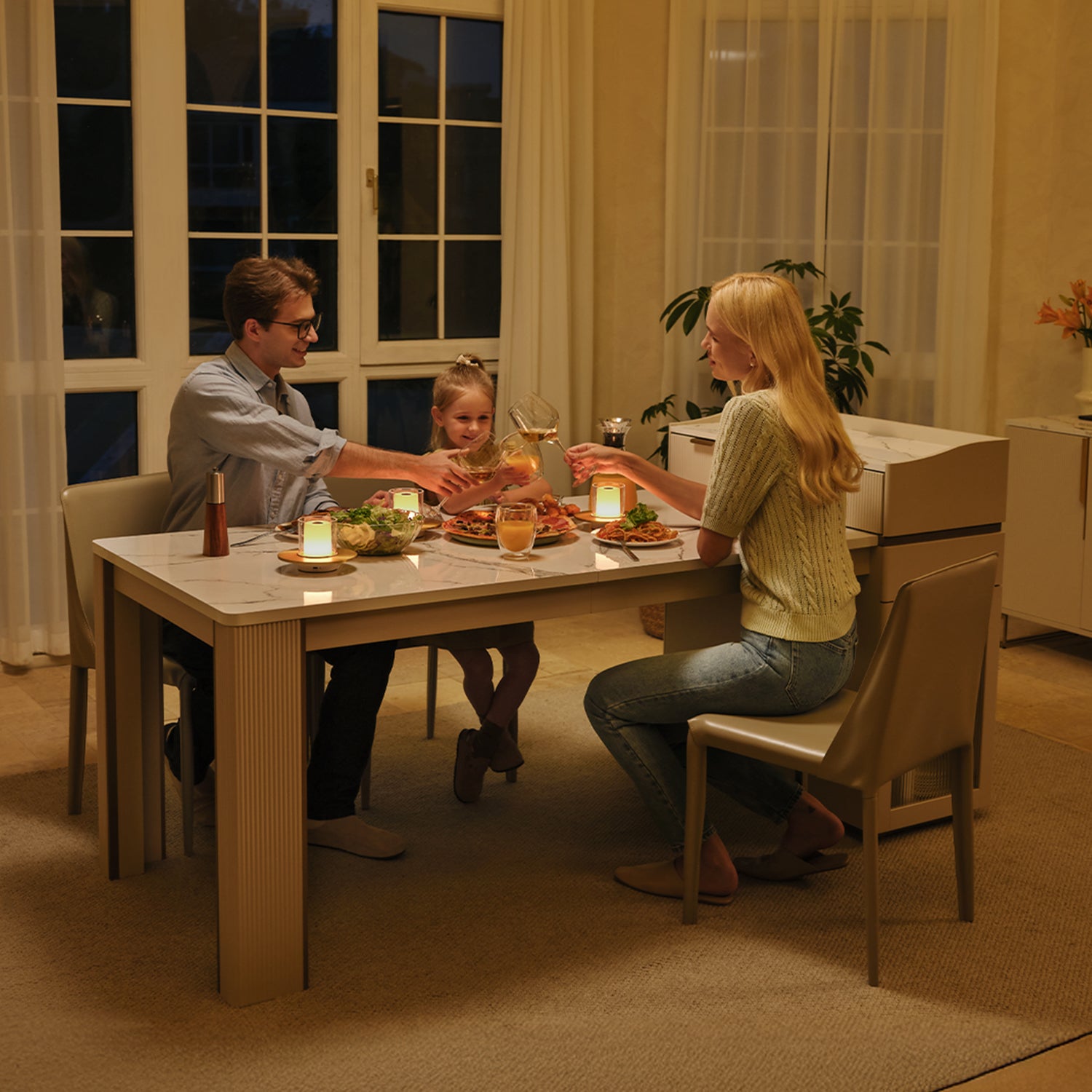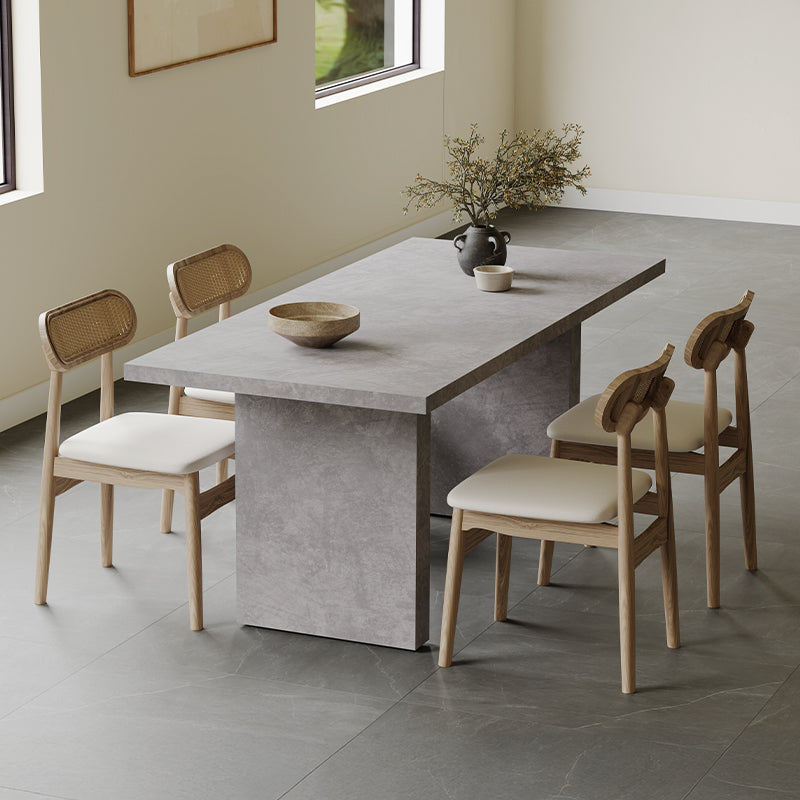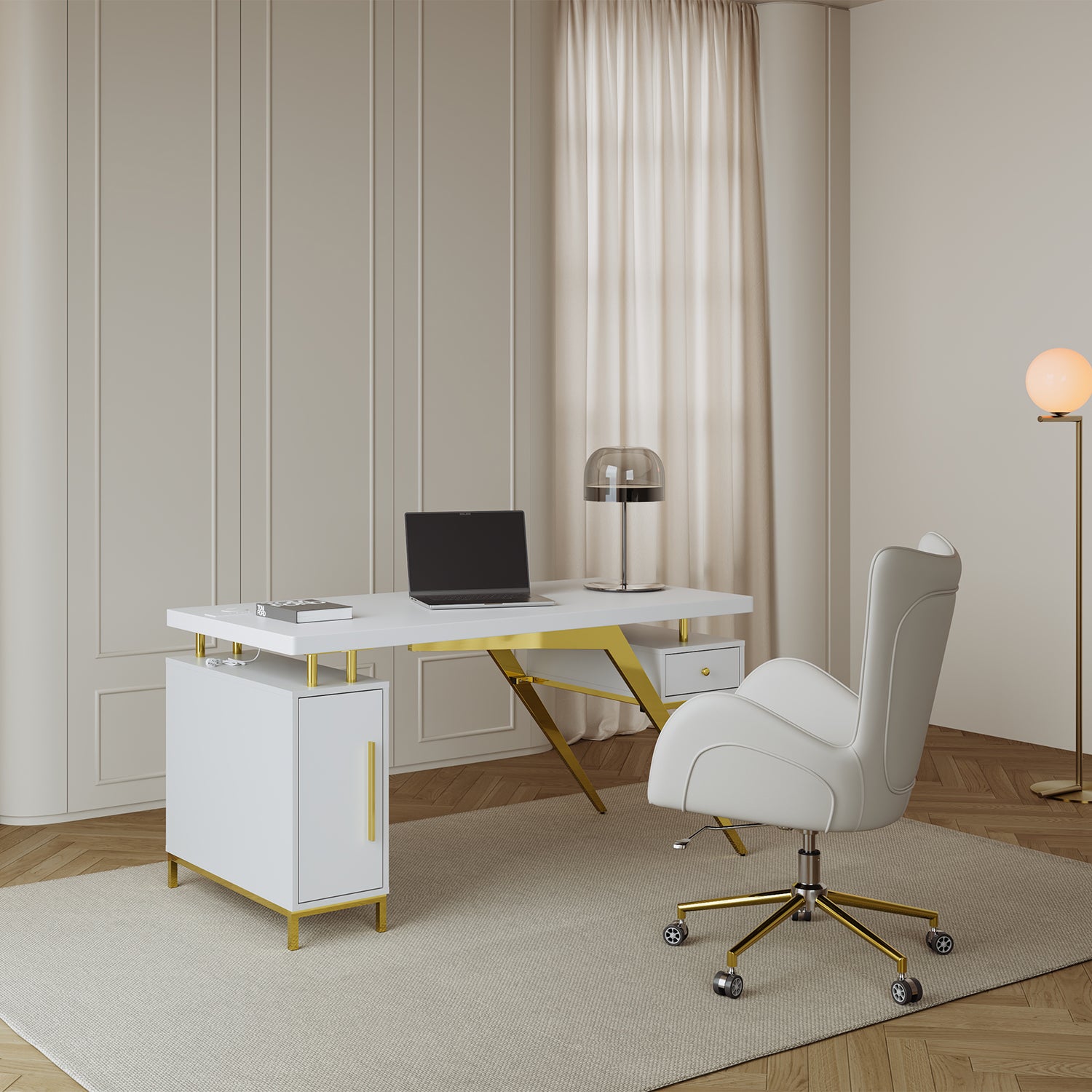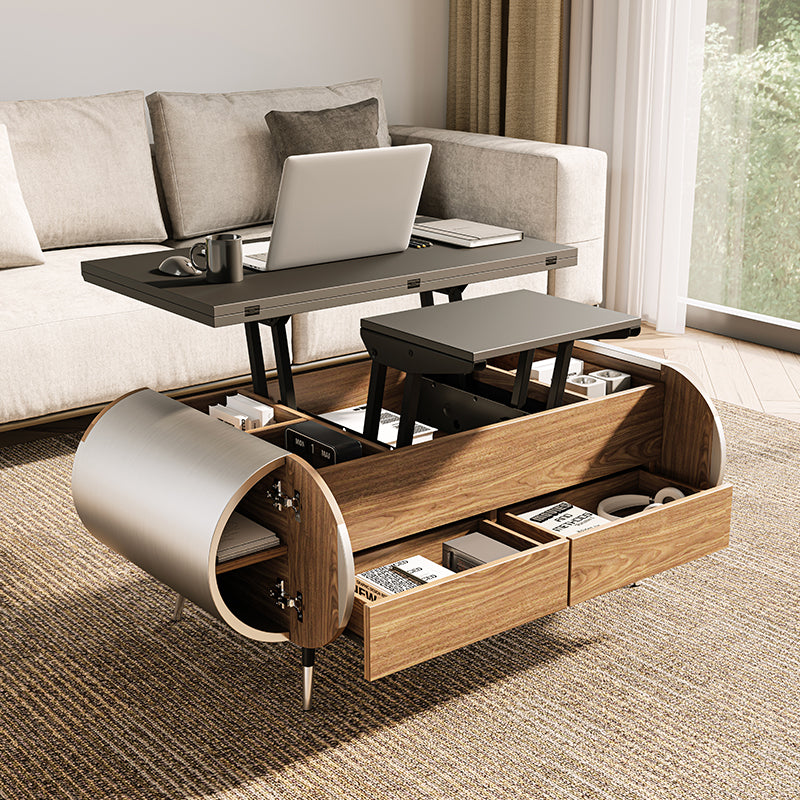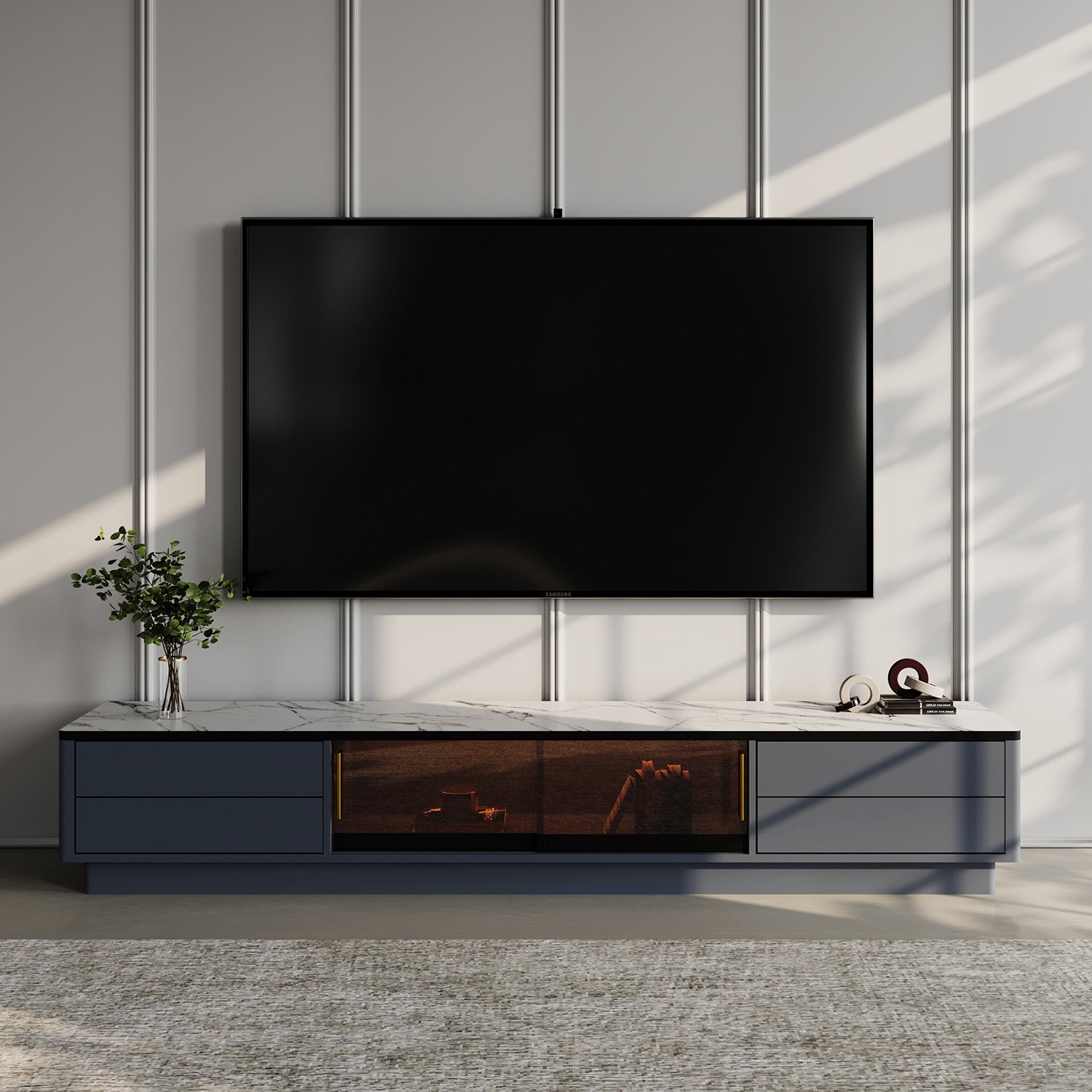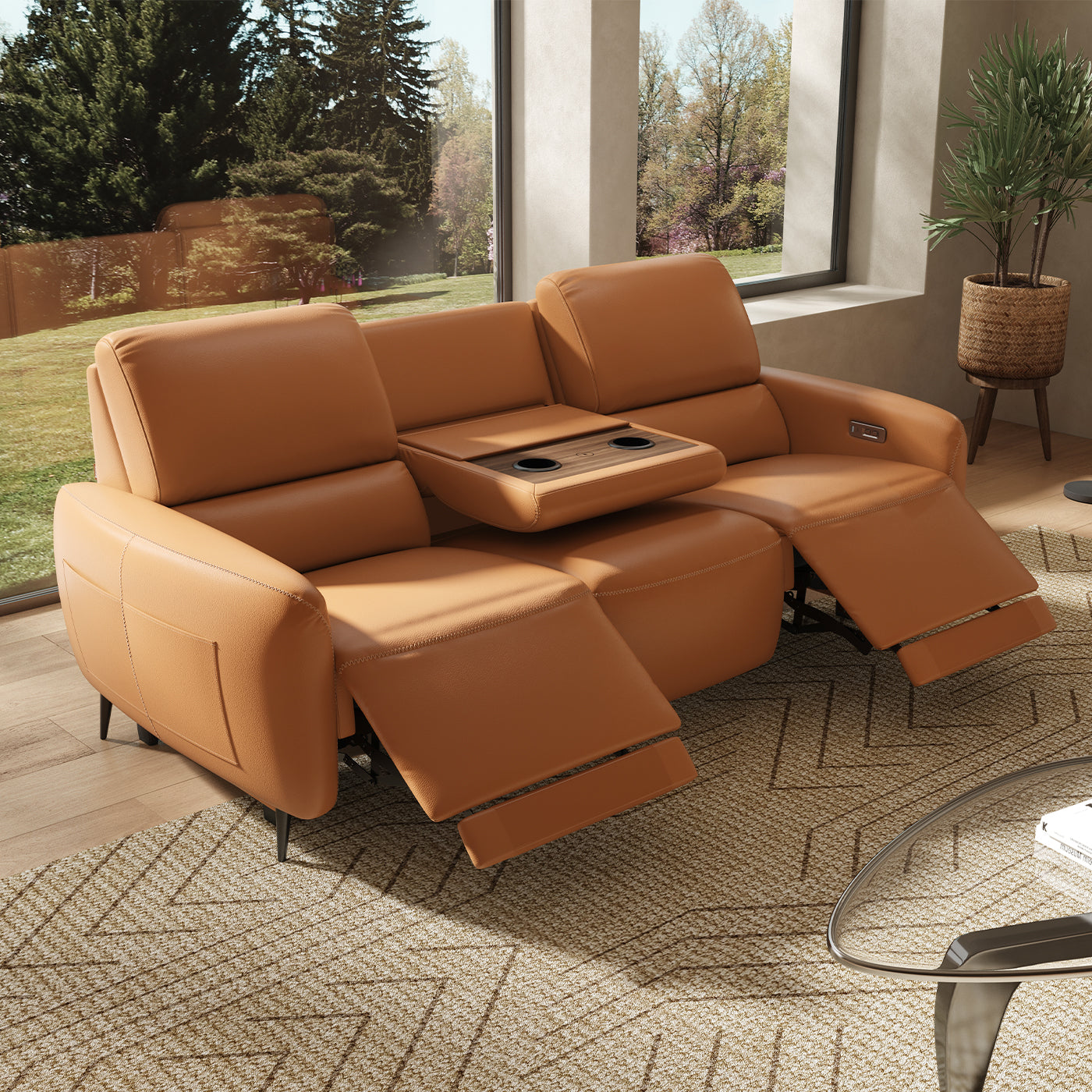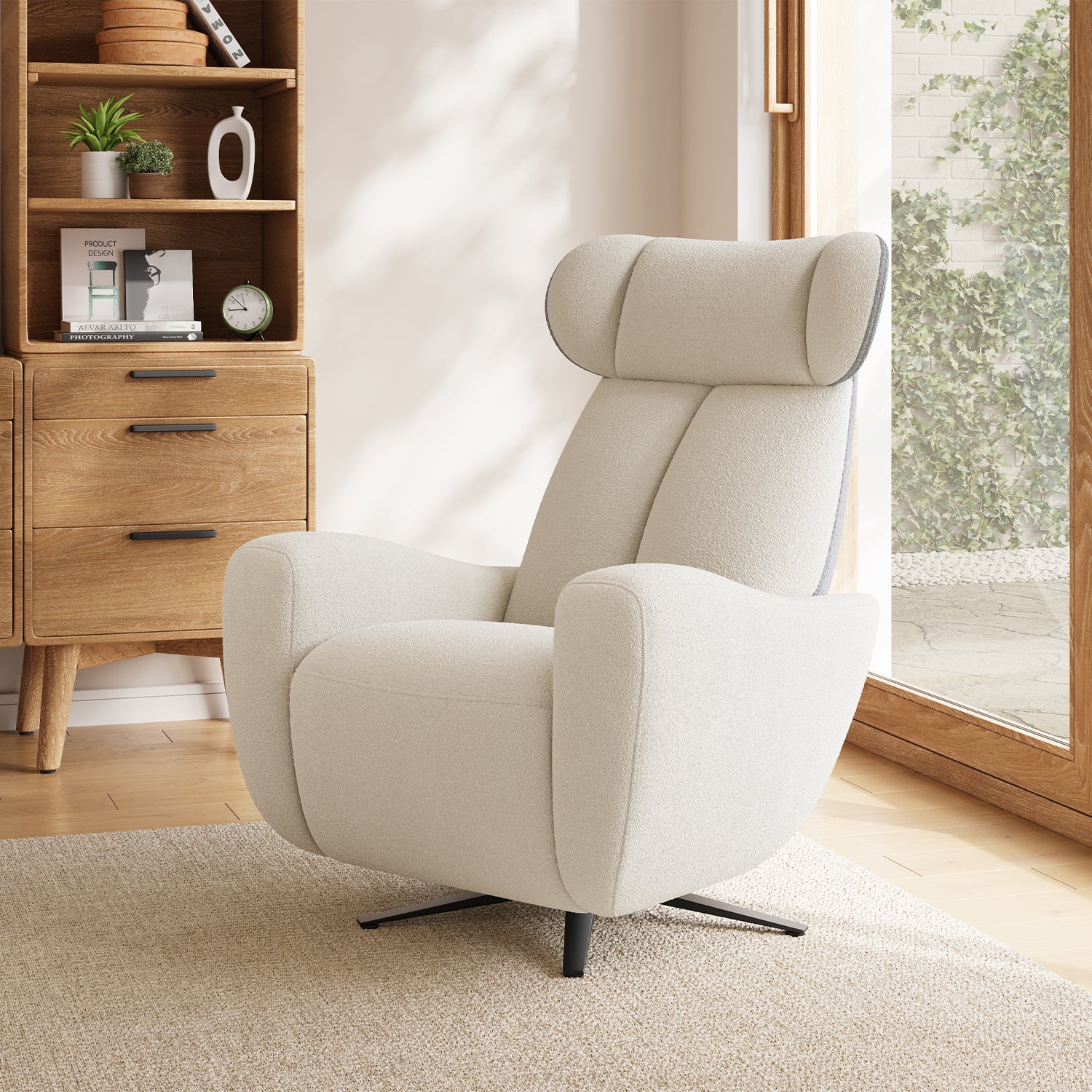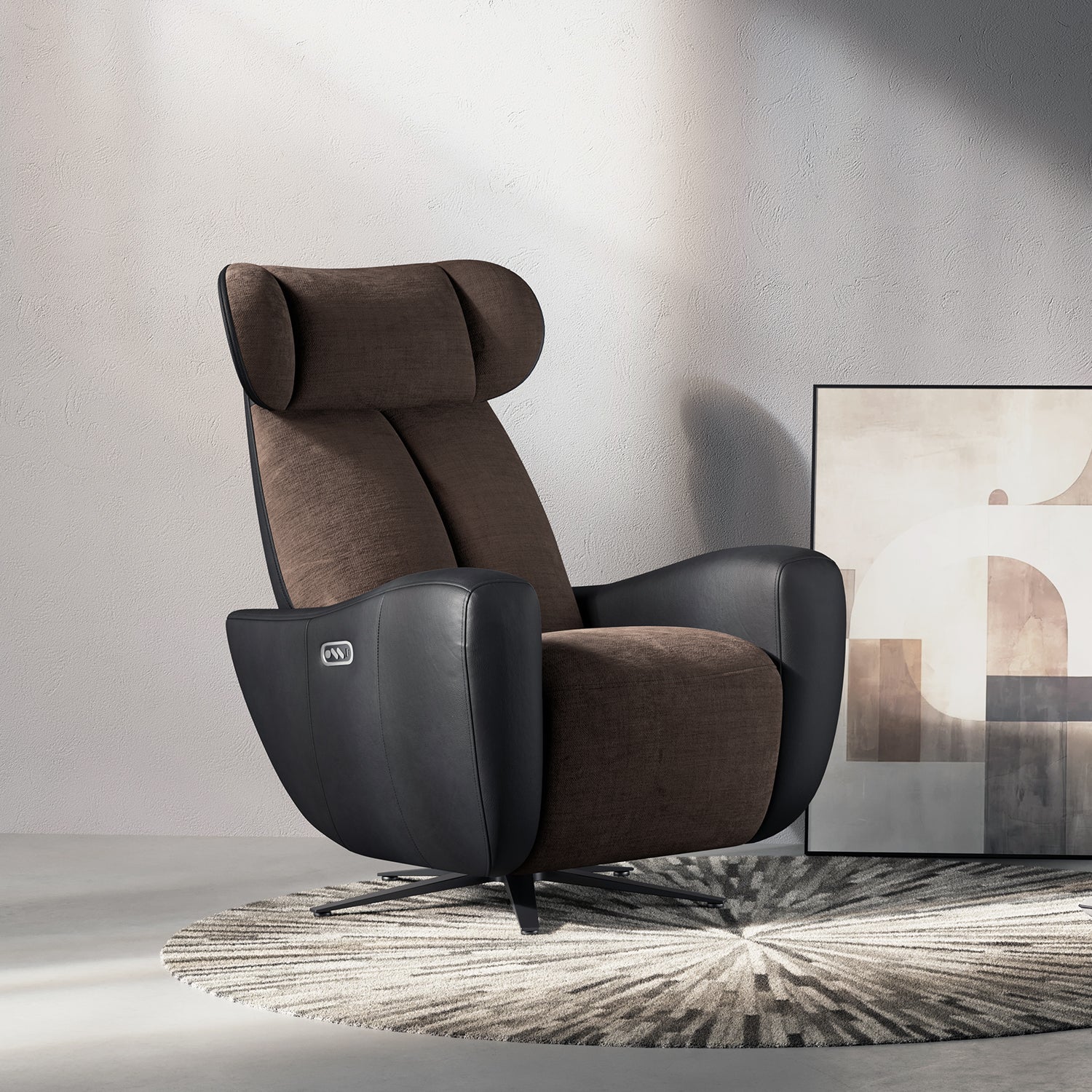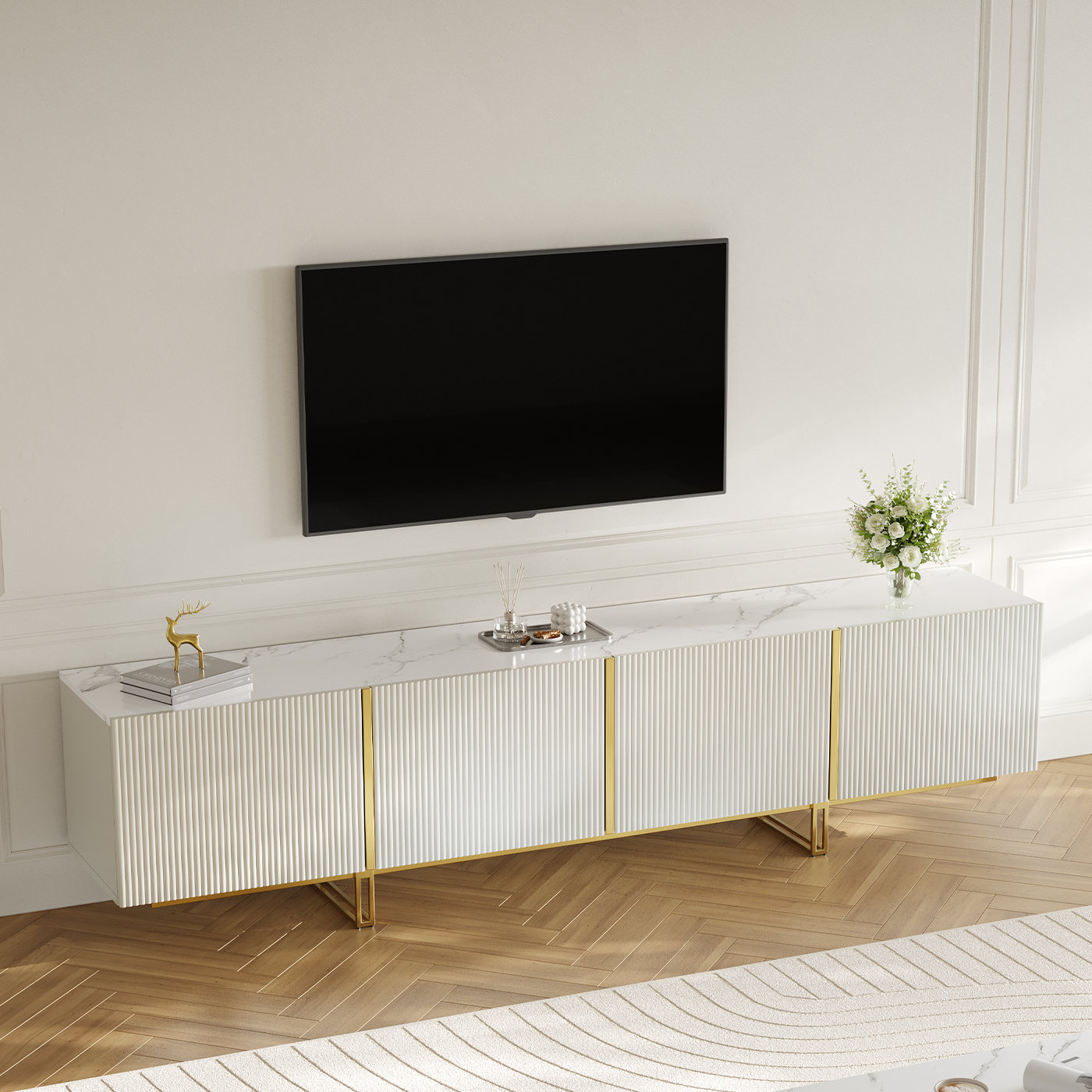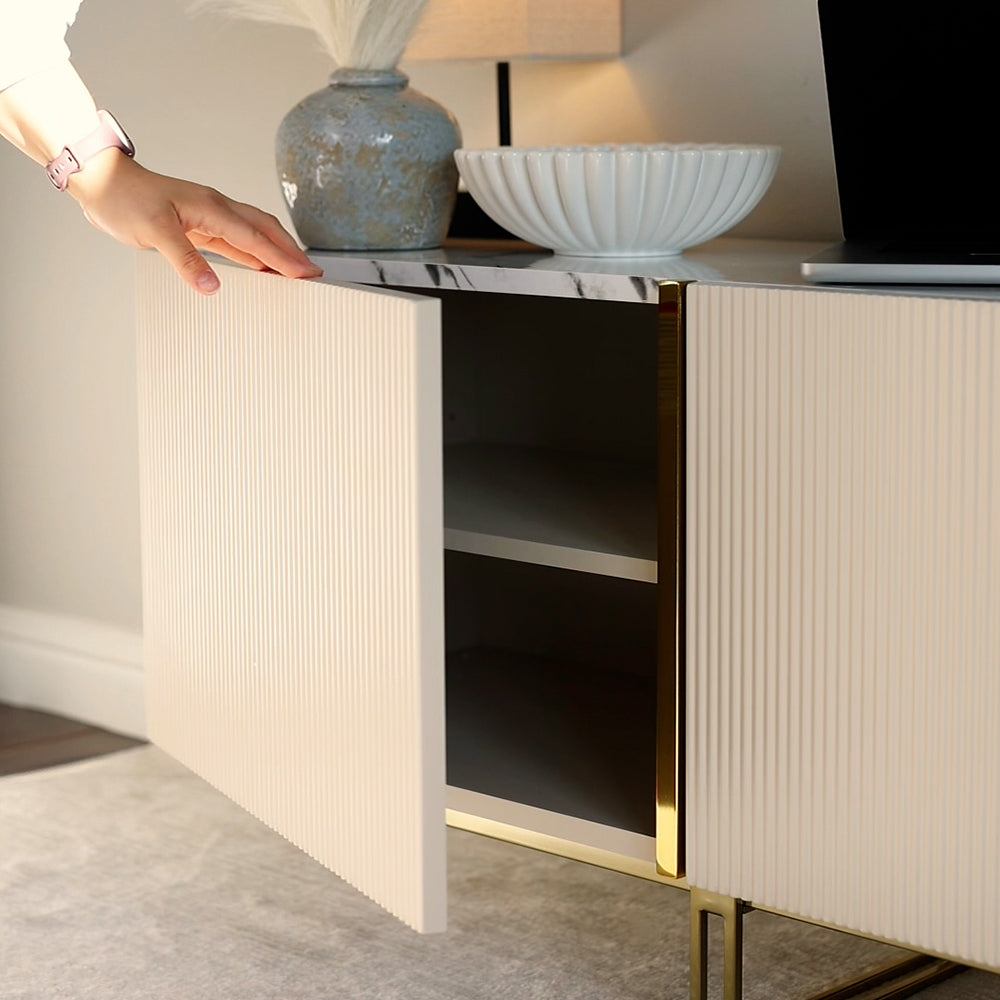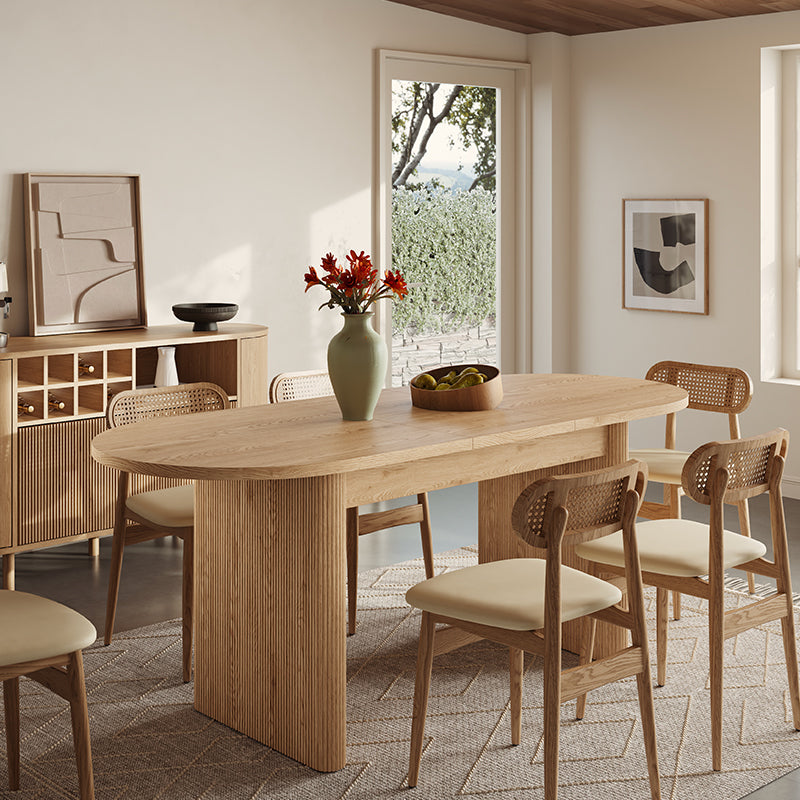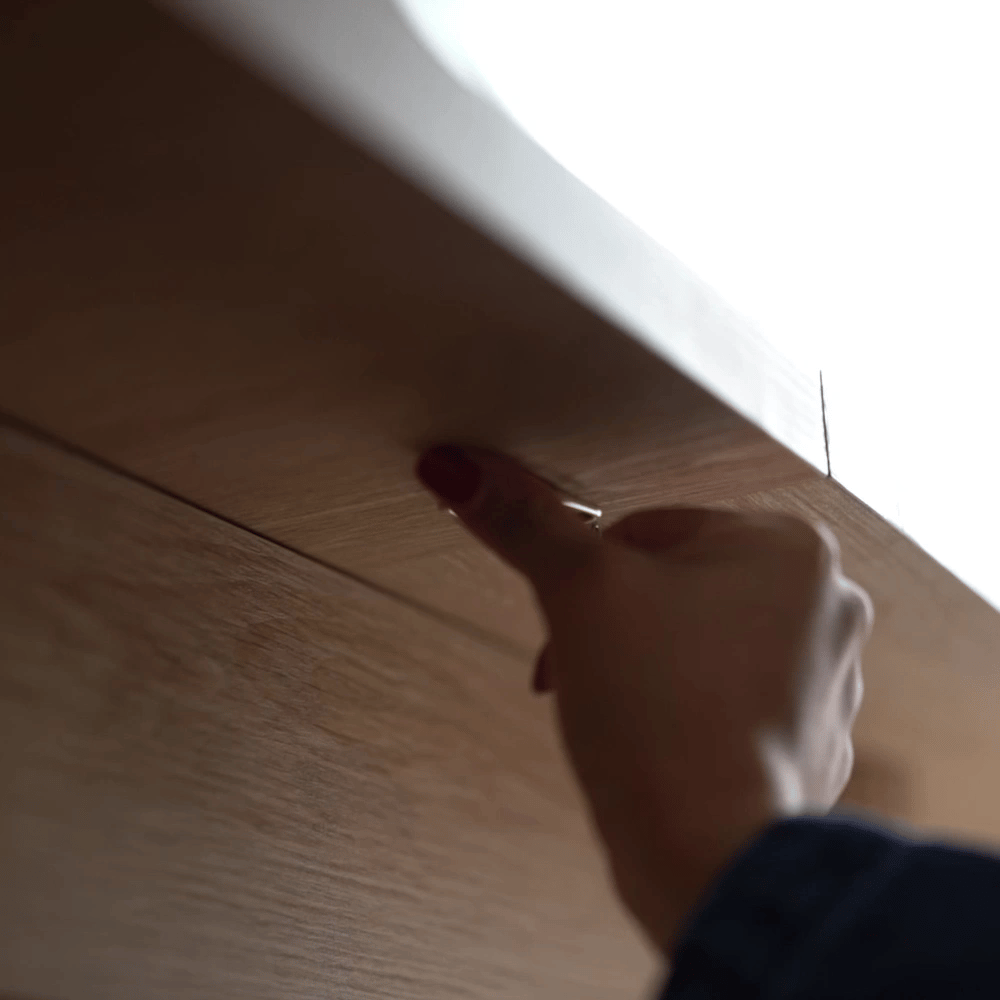You’ve just unboxed your new TV, only to realize it doesn’t have legs—or maybe the existing ones snapped during a move. Now you’re staring at a sleek screen and wondering, How do I display this thing without it crashing to the floor? Whether you’re aiming for a minimalist wall-hugging design, repurposing furniture, or experimenting with industrial DIY setups, ditching traditional legs opens up a world of creative possibilities. But stability is non-negotiable—after all, no one wants a $1,000 TV becoming a hazard. Let’s walk through the safest, most stylish ways to position your TV leg-free, blending practicality with design flair.
Table of Content
1. The Problem with Legs

TV legs aren’t just clunky—they eat up floor space, clash with modern decor, and limit placement options. Removing them lets you float your TV at eye level, tuck it into tight spaces, or create a gallery-like focal point. But without legs, the stakes are higher: A poorly secured TV risks tipping, damaging ports, or even injuring pets or kids. The solution? Choose a method that matches your space, skill level, and style.
2. Wall Mounting: The Go-To for a Clean, Professional Look
Wall mounting is the gold standard for leg-free setups. It’s secure, space-saving, and works in almost any room—but only if done right. Here’s how to nail it:
-
Pick the Right Mount
Not all mounts are created equal. For most living rooms, a full-motion mount is ideal—it lets you tilt or swivel the TV to combat glare or adjust viewing angles. In bedrooms or kitchens where the TV stays fixed, a low-profile flush mount keeps things sleek. Check your TV’s VESA pattern (the screw-hole layout on the back) and weight to match it with a compatible mount. A 65-inch TV typically needs a mount rated for at least 80 lbs. -
Prep Like a Pro
Locate wall studs using a stud finder—mounting directly into drywall without support is a disaster waiting to happen. If your wall is concrete or brick, use masonry anchors. For renters or those hesitant to drill, consider a ceiling mount (perfect for lofts) or a freestanding floor mount that mimics the floating effect without permanent damage. -
Hide the Wires
Dangling cords ruin the minimalist vibe. Run cables through in-wall conduits, use paintable cord covers, or invest in a mount with built-in cable management. For a high-end finish, install an outlet behind the TV to eliminate visible plugs.
Pro Tip: If the idea of drilling into walls feels daunting, hire a pro. Misaligned mounts can strain your TV’s ports or lead to gradual sagging.
3. Repurpose Furniture: Turn Everyday Pieces into TV Stands

If wall mounting isn’t your jam, everyday furniture can become a TV’s best friend. The key is choosing sturdy, stable pieces that anchor your screen safely.
Media Consoles with a Twist
Modern media consoles often include built-in mounting options. Brands like IKEA’s BESTÅ series offer cabinets designed to hold TVs up to 100 lbs. Simply attach the TV to the included brackets, and you’ve got a seamless combo of storage and style.
Floating Shelves with Muscle
Thick, reinforced floating shelves can double as TV stands—if they’re strong enough. Opt for steel-reinforced brackets anchored into studs, and choose a shelf depth that matches your TV’s width. Pair the setup with a soundbar and a few curated decor items (think: plants, books, or minimalist sculptures) for a polished look.
Industrial Chic: Cinder Blocks or Wooden Crates
For a raw, urban aesthetic, stack cinder blocks or wooden crates to form a custom base. Add adhesive felt pads to prevent floor scratches, and ensure the TV’s center of gravity sits low. This works especially well in studios or loft spaces where edgy design is celebrated.
4. Floor Stands and Pedestals: The Rent-Friendly Middle Ground
Freestanding floor stands offer flexibility for those who move often or can’t modify walls. They’re also ideal for oddly shaped rooms where wall space is limited.
-
Universal Pedestal Bases
These attach directly to your TV’s VESA mounts and sit on a broad, weighted base. Look for pedestals with adjustable height settings and rubberized feet to prevent sliding. Brands like VideoSecu offer models that support TVs up to 85 inches. -
Mobile TV Carts
Need to wheel your TV between the living room and home office? A locking-wheel cart with a tilting mount gives you mobility without sacrificing stability. Bonus: Use the cart’s shelves to stash gaming consoles or streaming devices. -
Tripod Stands for a Futuristic Vibe
Popular with gamers and tech enthusiasts, tripod stands give your setup a sci-fi edge. Ensure the tripod’s legs are weighted or spread wide enough to counterbalance the TV’s size.
5. Creative DIY Hacks (That Won’t End in Disaster)
For the crafty homeowner, unconventional methods can yield stunning results—if approached with caution.
The “Floating” Illusion
Mount your TV on clear acrylic brackets and add LED backlighting to create the illusion of a hovering screen. This works best with slim, lightweight TVs (under 50 lbs) and requires precise alignment.
Magnetic Magic
Some ultra-thin TVs can adhere to magnetic wall panels. Use heavy-duty magnetic strips rated for your TV’s weight, and test the setup with a temporary adhesive first. Note: This is risky for larger TVs or humid environments.
Proceed with Caution
Avoid sketchy shortcuts like duct tape, Command Strips, or leaning the TV against a wall. These might work temporarily but often fail catastrophically.
6. Safety Checks You Can’t Skip
No matter your method, these rules apply to every leg-free setup:
1. Test the Wobble: Gently push the top corners of the TV. If it shifts, reposition the base or reinforce the mount.
2. Anchor It: Use anti-tip straps (like those from Safety 1st) to secure floor-standing TVs to wall studs.
3. Mind the Heat: Keep TVs away from radiators, fireplaces, or direct sunlight to prevent overheating.
7. When to Call in the Experts
Some setups demand professional help:
- Oversized TVs: 75-inch+ screens often require custom mounts or reinforced walls.
- Complex Spaces: Angled ceilings, stone walls, or rooms with high foot traffic.
- Historic Homes: Plaster walls or antique structures need specialized hardware to avoid damage.
8. Final Thought: Embrace the Freedom
Ditching TV legs isn’t just about solving a problem—it’s an opportunity to reimagine your living space. Whether you opt for a sleek wall mount, a rugged industrial base, or a mobile cart that adapts to your daily needs, the key is striking a balance between creativity and engineering. By choosing the right method for your lifestyle and staying vigilant about safety, you’ll create a setup that’s as functional as it is Instagram-worthy. So go ahead, lose the legs, and let your TV shine.
Choosing the best carpet color for a brown sofa involves considering the shade of the sofa, your room's style, and your personal preferences. Whether you opt for soft neutrals, bold jewel tones, or warm earth tones, the right carpet can enhance the beauty of your living space while providing a cozy, inviting atmosphere.
Remember to take into account the size of your room, natural light, and existing decor elements when making your decision. With careful consideration and creativity, you can create a harmonious and stylish environment that showcases your brown sofa beautifully.

